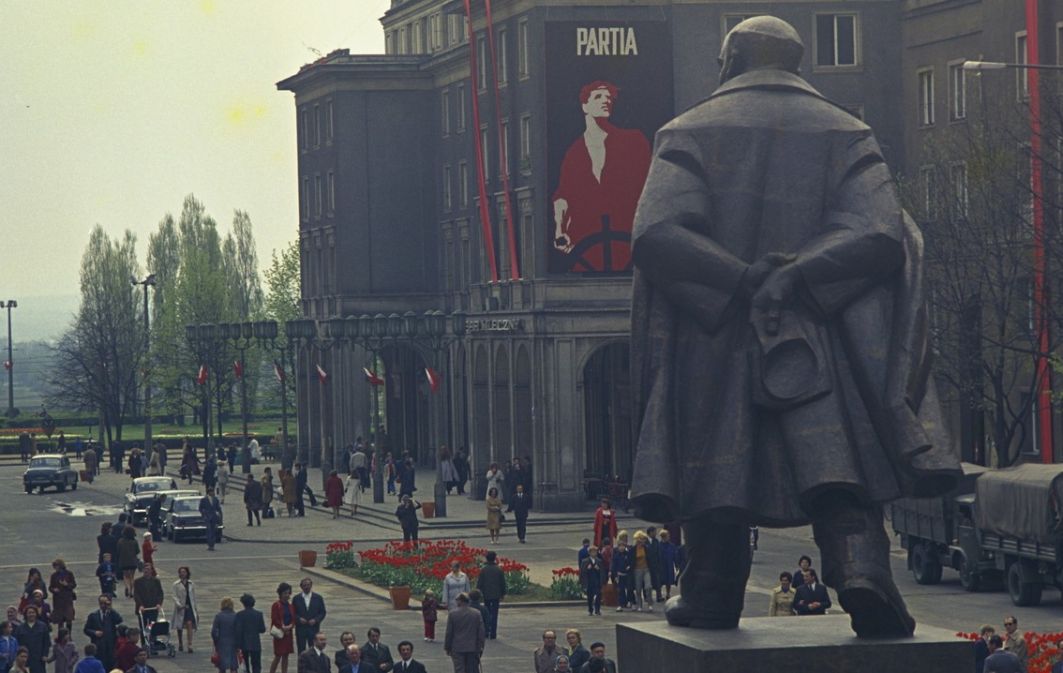For me, the only one that is quite mysterious and unexplained to this day is the death of Teresa Łubieńska, a close associate of Witkowski, who was stabbed to death at a London Underground station in 1957. Despite a meticulous investigation and interrogation of several thousand witnesses, the perpetrator could not be identified. Robbery was ruled out in the case. Krystyna Skarbek’s death - after analyzing her biography, available materials, and memoirs – appears to be a death of a moral and romance nature, because she was stabbed to death by a rejected lover, not a sensational-intelligence one. Of course, I realize that the second version appeals more to the audience as more interesting and stimulating the imagination, but I exclude it as illogical. Klementyna Mańkowska is another unsolved puzzle for me. Like the four aforementioned Mu couriers to Anders’ army, she was almost simultaneously sent by Witkowski to London. She was formally recruited into the Abwehr, but with the knowledge of her parent organization.
What do we know about it based on currently available documents?
At the current stage of research and the closed British intelligence archives (one might say jokingly: “forever”) it is impossible to answer what the actual purpose of Mańkowska’s mission to London was, both for the Abwehr and the head of the Mu. From the Germans, she received very general intelligence tasks, including, for example, describing the possibility of traveling from Lisbon to Great Britain, describing the difficulties that may arise during a trip to England, or establishing social relations with diplomatic circles. I am inclined to the hypothesis here that admiral William Canaris was trying to establish contact with the British. On the part of the Musketeers, Mańkowska’s task was to reach the Commander-in-Chief, General Sikorski, and establish direct contact with him, bypassing the tutelage of the Home Army. For me, one phrase by general Kazimierz Sosnkowski, with whom Mańkowska spoke after reaching London (she was not admitted to general Sikorski), is very puzzling, I quote from the memories of Mańkowska herself: “You met so many so-called good Germans, that sometimes you get the impression that fate has touched you only with such people”. In the years 1942-1948 Mańkowska stayed in Scotland. There she worked at the Edinburgh Hospital as a secretary and interpreter. In 1949, undisturbed by anyone, she left for Congo, from which she returned to Europe in 1967, settled in France and died of natural causes in 2003. I know nothing about the allegedly mysterious deaths of other women active in the Mu.
 SIGN UP TO OUR PAGE
SIGN UP TO OUR PAGE
 Why have you taken up the subject of the Musketeers?
Why have you taken up the subject of the Musketeers?
I came across the name of this organization for the first time a few years ago, while reading a book by Zygmunt Kałużyński entitled “To be read in the shower”. There was a subchapter “How Polish countesses die” about the murder of Krystyna Skarbek. This was long before it became fashionable. From her I found my way to the Musketeers and that’s how my adventure with them began, which continues to this day. The direct stimulus to start writing the book was various publications, pseudo-scientific articles, especially the book by the late author. I do not want to mention his name because he can no longer defend himself, but there is such an accumulation of absurdities, errors and twisted, unsubstantiated conclusions in it that I decided to write a work based on source materials, and not on conjecture and cheap sensationalism. I took up the topic also because no professional Polish historian has done it, with the exception of Roman Buczek – an emigrant historian from Canada.
With this book do you finish the fascinating subject of engineer Witkowski’s intelligence organization?
Apparently, almost every author can say that his book is incomplete. I am constantly looking for new materials, sources, everything related to the organization of the Musketeers. It’s a bit of a never-ending story. I don’t know if I can solve most of the riddles, after all, I am moving in the world of intelligence intrigues, but I enjoy taking up this topic. I am happy with any element of the puzzle, no matter how small, that will brighten up the hazy image of the Musketeers. As for the next publication, I am at the stage of collecting materials, but for now I would prefer not to go into detail.
– Interviewed by Tomasz Plaskota
– Translated by Dominik Szczęsny-Kostanecki
TVP WEEKLY. Editorial team and jornalists
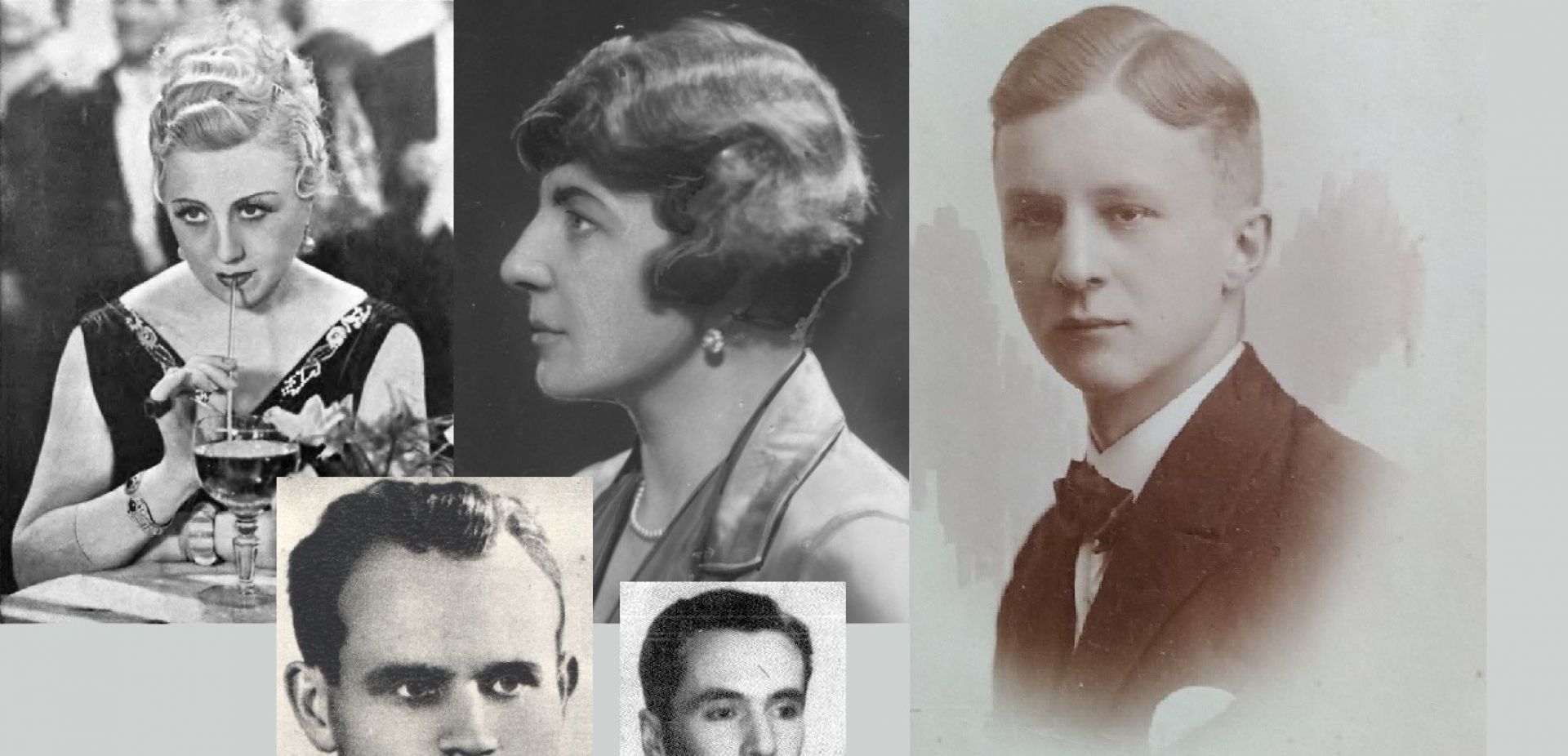
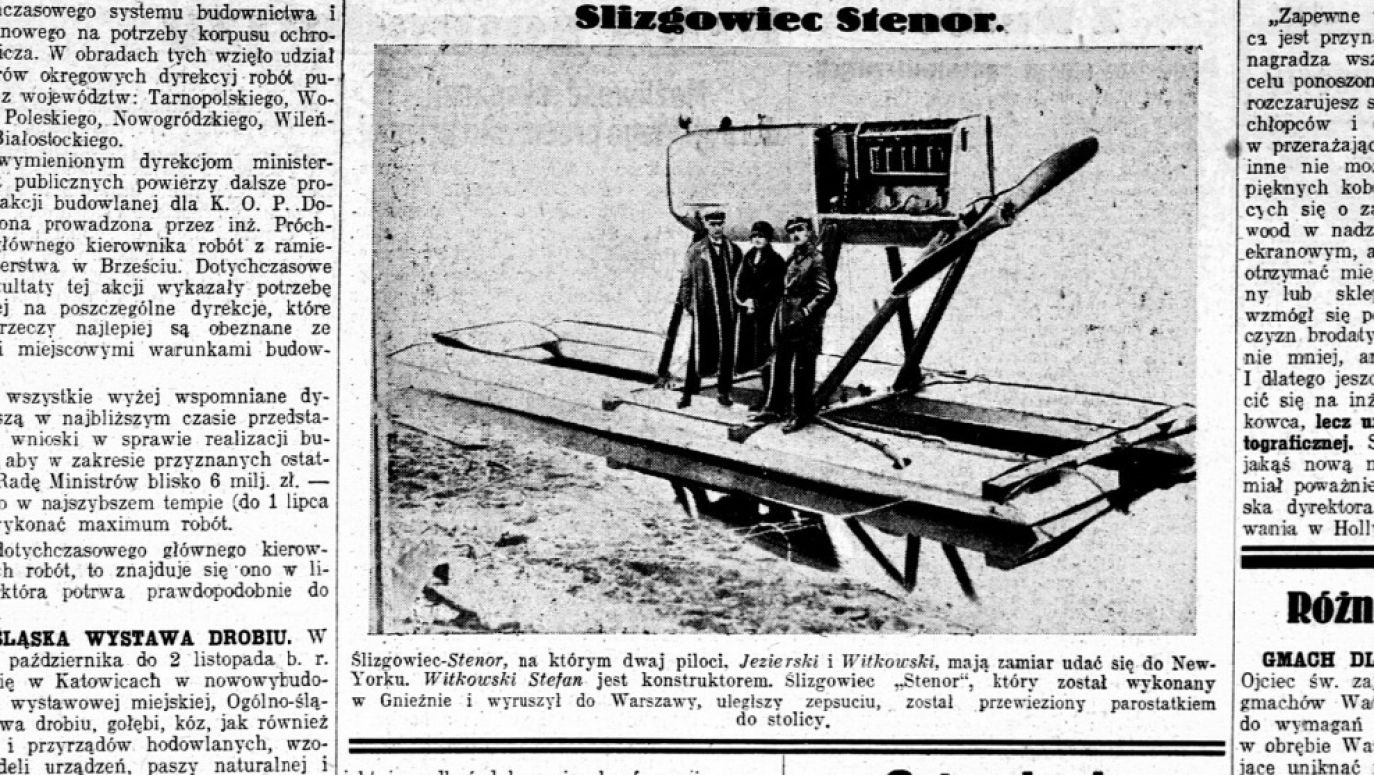
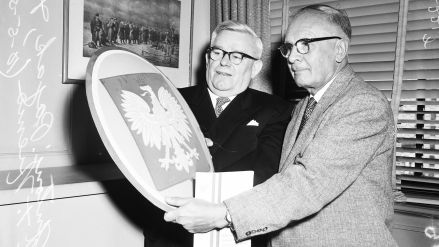
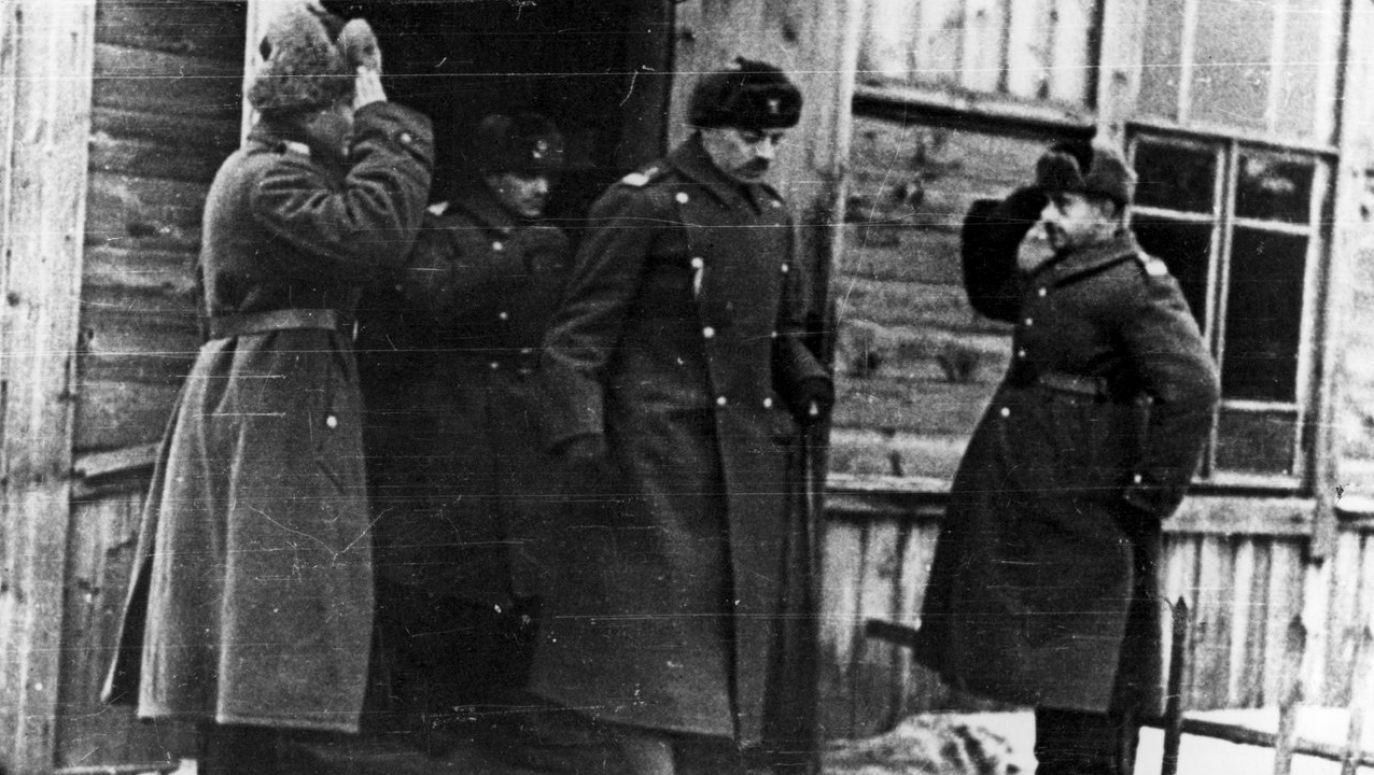
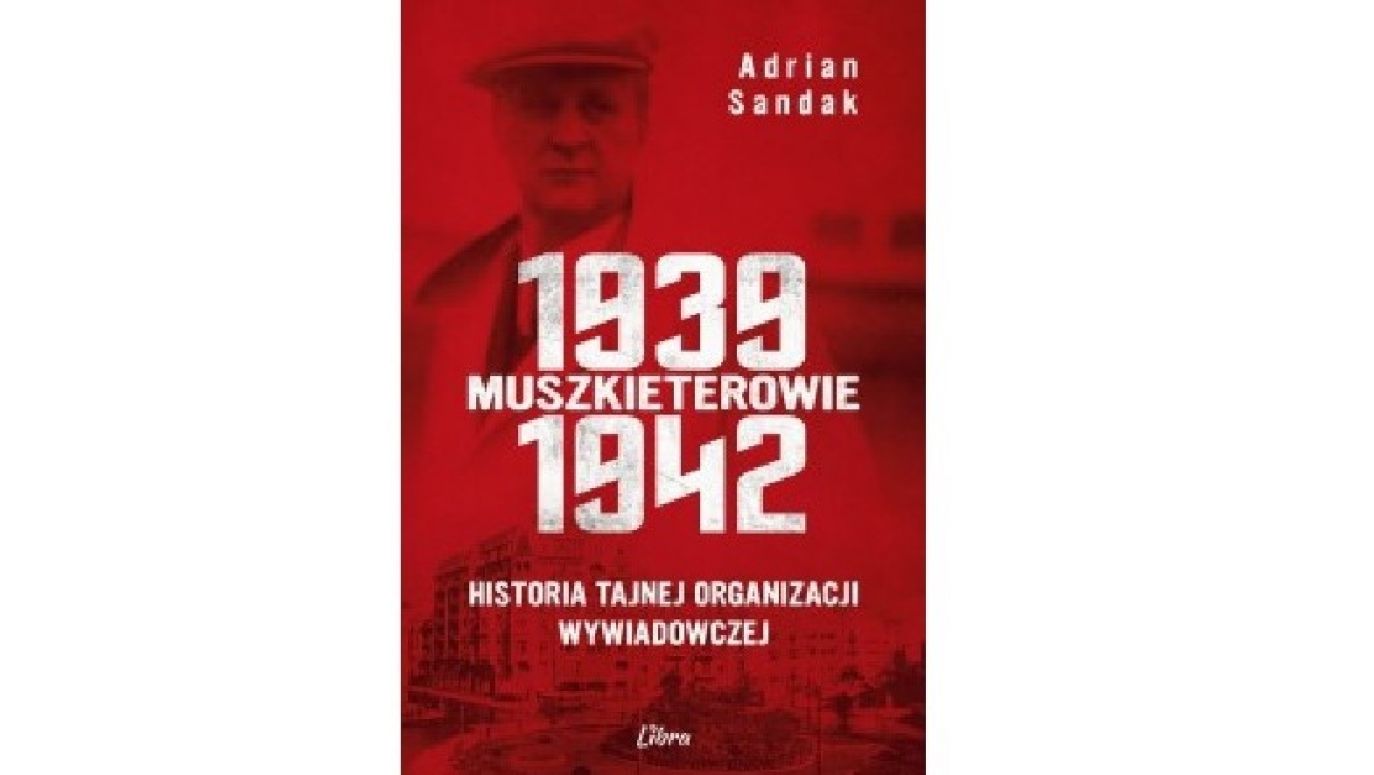
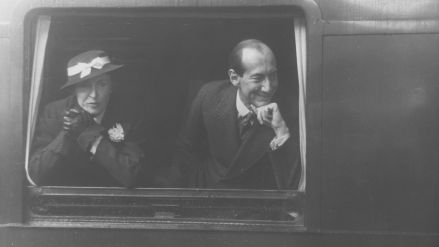
 SIGN UP TO OUR PAGE
SIGN UP TO OUR PAGE
 Why have you taken up the subject of the Musketeers?
Why have you taken up the subject of the Musketeers?
